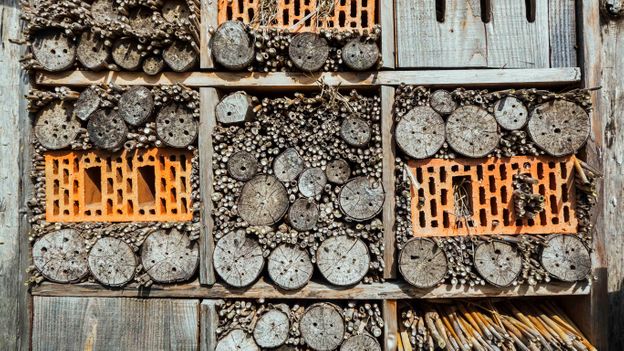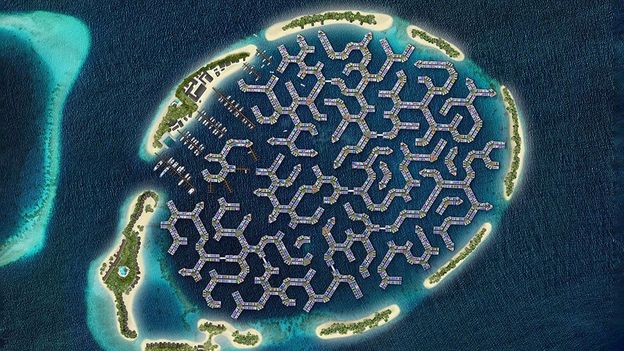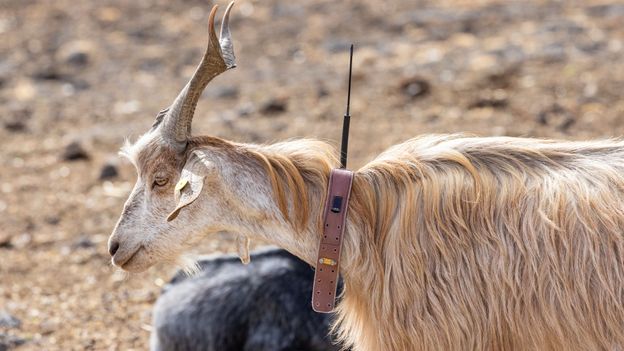Those with similar views are now working to influence the world of architecture. Wolfgang Weisser at the Technical University of Munich co-runs a consultancy called Studio Animal-Aided Design, which seeks to improve the biodiversity credentials of proposed buildings.
The approach used by the firm, which is still a work in progress, involves engaging the owners, residents or users of a planned building in a discussion about which local species they would like to support in and around the property once it is constructed.
One project that Weisser and his colleagues worked on, now completed, is an apartment complex in Munich. There, the investor behind the building agreed to interventions such as woodpecker and bat boxes, a roof covered in plants and what Weisser calls “hedgehog drawers” – small wooden boxes in which the spiny mammals can rest or hibernate. The drawers slide out of the exterior wall for occasional maintenance.
“The basic idea is to make the animal a stakeholder in the building process,” explains Weisser.
Studio Animal-Aided Design is now working on more building plans with additional interventions for wild species, which could help them thrive alongside humans.
Among the benefits of this could be more balanced ecosystems. Crane points out that having bats nest in your house or apartment building can be quite beneficial for people – because a whole colony of bats can do a good job of keeping mosquitos at bay on summer evenings.
“If people know how important it is to help nature, and how important nature is to us, we generally find that people are very keen to do something to be able to help,” says The Wildlife Trusts’ Sue Young.












